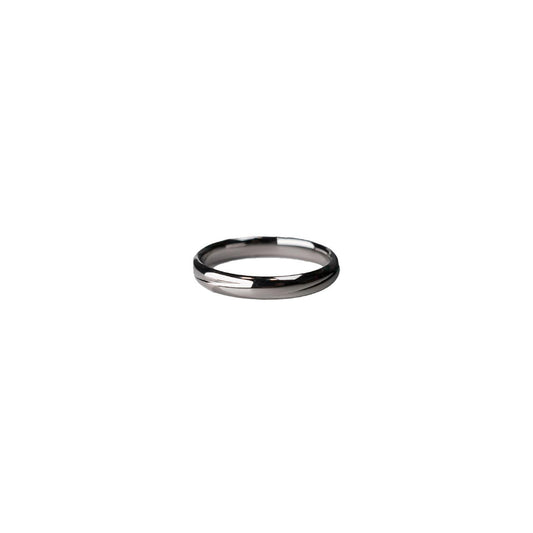Moissanite A Gem with a Story as Sparkling as Itself
Moissanite A Gem with a Story as Sparkling as Itself
There’s something compelling about a gemstone that carries both science and serendipity in its history. Moissanite, a gem often mistaken for diamonds yet remarkable in its own right, has more to it than just its optical brilliance. This crystal, which has carved out a niche in the jewelry world, owes its existence to an element of cosmic accident and human ingenuity.
The story begins not in a jeweler’s workshop but on the ground of a meteor crater in Arizona—yes, moissanite’s origins are literally out of this world. Discovered by French chemist Henri Moissan in 1893, this mineral was found in minute amounts within the meteorite. Initially misidentified as diamonds, it was only after further study that Moissan realized he had stumbled upon silicon carbide. This discovery wasn’t merely an academic triumph; it was the beginning of moissanite’s journey from cosmic dust to jewelry store showpiece.
Fast forward to today, and moissanite is celebrated not just for its celestial origins but for its fiery brilliance. Unlike diamonds, moissanite boasts a refractive index that sets it ablaze with colorful flashes, an effect sometimes referred to as “fire.” For those who have seen moissanite catch the light just so, there’s an undeniable charm to it. My first encounter with the stone was during a dimly lit dinner party. As soon as the hostess entered the room, her moissanite necklace seemed to capture and multiply the surrounding candlelight with an almost electric brilliance.
Interestingly, moissanite’s rise in popularity also stems from contemporary lifestyle choices. More individuals today are leaning towards sustainable, ethical consumption. Moissanite, being lab-created, reaches the mark on both accounts. It doesn’t carry the ecological and ethical conundrums often associated with diamond mining. For conscious consumers, choosing moissanite isn’t just about opting for a beautiful stone; it’s about making a statement of values, aligning luxury with responsibility.
Style-wise, moissanite holds a unique place. With its supreme hardness—second only to diamonds—it offers both durability and versatility. Whether set in a minimalist solitaire or forming the intricate patterns of a vintage-inspired piece, moissanite complements a wide range of aesthetics. I’ve seen it styled in ways that range from the sleek and modern to the ornate and baroque, each time lending an air of elegance that feels both distinct and universal.
In conversations about moissanite, there’s often a question of whether it’s “as good as” a diamond. But that seems to miss the point. Moissanite isn’t a substitute but rather a stone worth celebrating on its own terms. It carries a unique blend of historical intrigue, scientific wonder, and contemporary relevance. These facets make it a gem of choice for those who value history and creativity as much as they do beauty and ethics.
In a way, choosing moissanite can be likened to picking a pathway not often taken, one that embraces modern innovation while honoring a storied past. In any case, whether chosen for its impeccable sparkle or its resonance with personal values, moissanite is a testament to the wonders that happen when the cosmos collides with human curiosity. Who knew the remnants of a fiery meteorite could end up twinkling like tiny stars around our necks or on our fingers? And isn’t that, in its own right, a kind of magic?

























